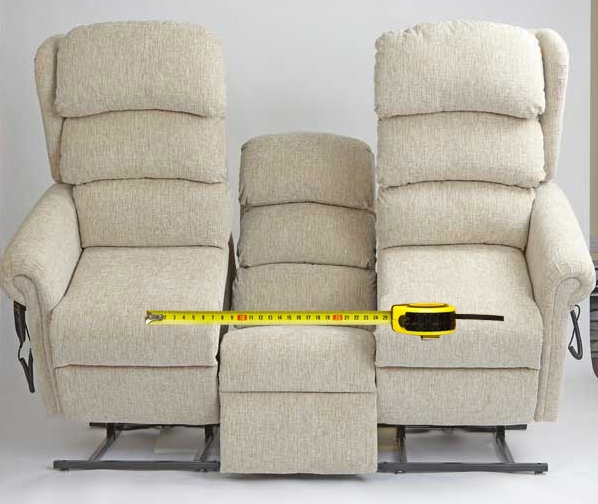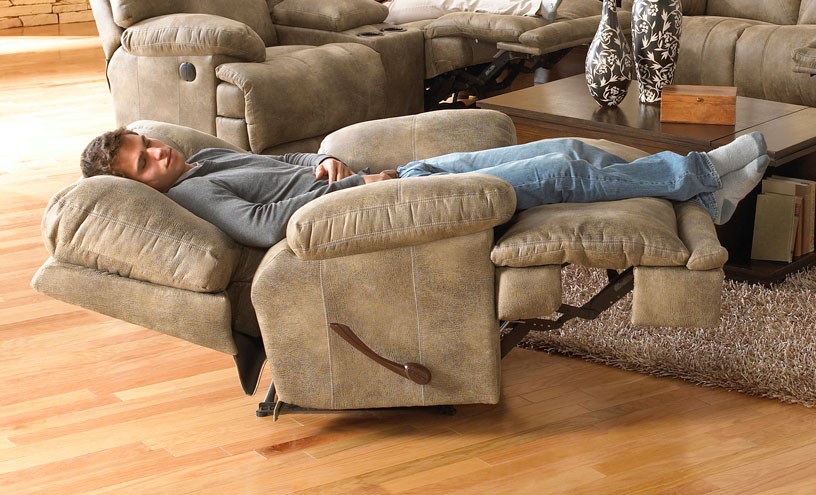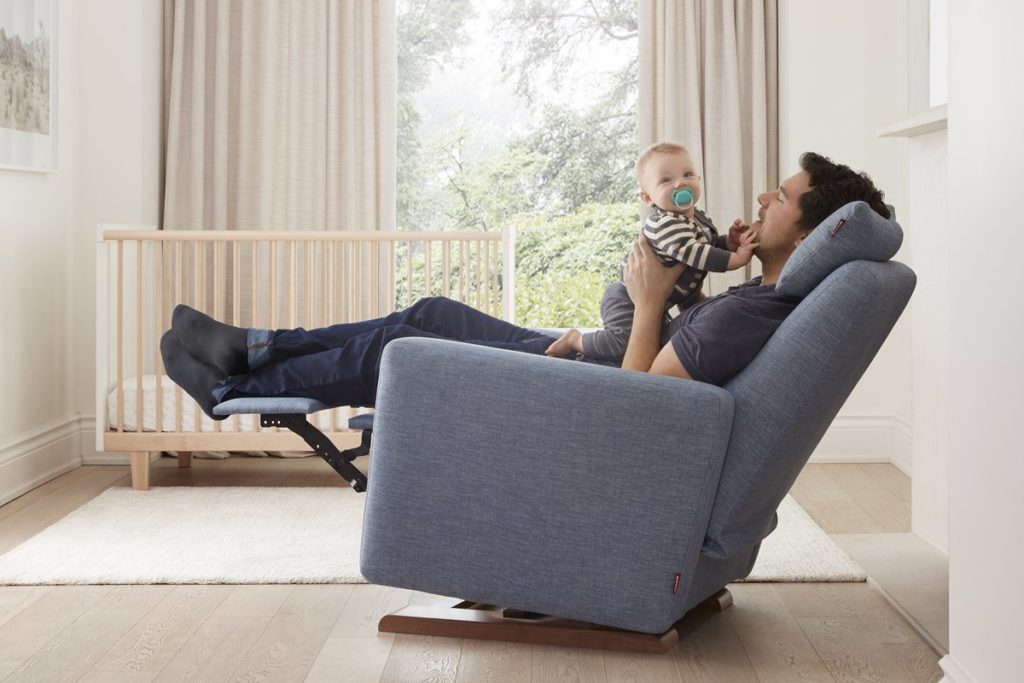



One cannot deny the usefulness of furniture pieces in the home or workplace. However, like most other things, furniture can begin to look dull after using them for a while (or they might not suit your liking anymore). That’s why reupholstering is a good choice if you don’t want to get a new piece of furniture altogether. In case you’re unsure of how to go about this, then stick with us. We’ve got you covered. In this blog post, you’ll be learning how to reupholster a chair.
Upholstering is the art or process of providing ‘extra’ to your possessions. For a piece of furniture, you might add a little more spring, padding, or webbing to the seats. You can also customize your furniture pieces with leather or fabric covers (if they didn’t come with it).
You can reupholster any piece of furniture you find old, boring, or out of shape. But for this article, the focus will be on chairs. Continue reading for all you need to about reupholster chairs, the tools and materials you need, and a few instructions on how to go about it yourself.
To get started, we have highlighted a few things you would need to get your chair looking beautiful again. They are not very far-fetched, and you can get them from a local store. You might most likely have a few of these things at home. However, it is best to keep them close as you work to avoid going up and down. We have also divided them into the ‘tools’ and ‘materials’ to make them easy for you to grasp.
These are more like the equipment you need to have on you or around before you begin to upholster that chair. The must-have tools include the following:
Here are the other things you might want to consider getting, especially if you’re going to make this a regular thing. They include; staple remover or tack lifter, side cutter, dust mask, shears, heavy-duty scissors, utility gloves, flexible fabric tape measure, magnetic hammer, web stretcher, electric turkey carver, 16 straight needles, regulator, upholstery, and t pins.
You’ll also need curved needles, adhesive, spray gum, i-shaped Marking Square, cordless drill, utility knife, sharpie, chisel, footgear, sandpaper, apron, self-retracting tape measure, g-clamp, and a yardstick.
These are the fabrics or threads that you might need to your chair and transform your living space. As with the tools, you can begin with small quantities. It is also better to keep them close to you while you work. It makes the whole process faster and easier. The materials you’ll need include staples (3/8 or 5/16 inch), battling (half an inch), upholstery fabric, polyester welt cord, tack strips, fabric glue, black breathable fabric, upholstery tack, and an upholstery-weight trend.
Now, there are many instructions that you should follow to ensure that you are upholstering properly. To make it easier for you, we will provide a detailed explanation of every guideline and step. Some of these instructions will include; how to remove the old fabric, replace batting, make new patterns, attach base fabric, and so much more. But before you begin, make sure to take a picture of the old chair so that you can compare it when you’re done upholstering.
Start by carefully removing the backcloth from the underside of the chair. You need to do this carefully and ensure that you don’t destroy any old pieces- as you will need them in the long run for making your patterns. Then, label the pieces and mark each end with a marking pen.
For example, you can mark the T’ for top or ‘F’ for the front. That way, you can easily identify the direction of the chair when reupholstering. Next, mark the location where each piece is joined together because it will be helpful during the measurement of the new pieces.
You only need to replace the batting if it’s stained or worn out. Check here to see a reupholstered chair. If this is the case, check for any damages to the webbing and springs. You can prime or apply paint to the leg or frame of the chair for a color change.
Next is to get a thick batting (about half an inch) to cover the seat. Cover the chair and staple it down. Then gently pull the battling around each staple to ensure that visible marks from the staple aren’t visible. Finally, cover the seat with battling in the same manner by folding it neatly around the corners.
To make new fabric patterns, align the wrong side of the old piece with the wrong side of the new fabric and watch the directions of the patterns. Then cut around this pattern. However, note that you need to extend the material by 2 or 3 inches beyond the stapled edge of the old piece. This ensures that the new fabric will not be smaller than the initial fabric after the process is completed.
Repeat this process whenever you are cutting out a piece of fabric. Next, move all the directions you have marked onto the new piece with chalk or a marking pen. Or better still, you can decide to join the pieces together and then make the necessary adjustment to the edges.
Place each of the formerly labeled pieces on the chair using the photo guide that you had taken. Pin all the pieces together, and then make the required adjustment to ensure that it fits properly. For example, to ensure that the fabric fits well, you may need to cut out remnants. Then, pull the fabric in and staple it as many times as possible on the apron of the chair seat to secure and keep the fabric smooth.
Also, staple the chair back to its correct position. Finally, draw the fabric tightly and attach it to the frame where the old cover was placed. Then begin stretching from the front edge to the back.
Tuck in the remnant to make your work appear neat. Now, the fabric should be looking good on your chair.
The easiest way to get this done is to use the formerly marked old pieces as your guide. Measure the amount of welting you think would be enough to cover the seat apron, both at the top and down. Just make sure you cut in excess, as explained above.
Next, join the strips with a diagonal seam and ensure that seam has a surplus of half an inch. Then fold the bias strip and sew around the cord using a zipper foot. Note that the welting should be done around the down part of the seat apron.
You have to make sure you fit the side panel into the seat fabric and make any visible adjustments to the placement of the pattern to ensure that fitting is done neatly and smoothly.
Use chalk or a marking pen to map out the bottom of the downside welting position and then cut out the side fabric from the chair. Next is to sew the welting to the right side of the panel, both at the top and where marked at the bottom.
While finishing up the edge, ensure that the end is folded perfectly under before it is attached.
To attach the side, hold the panel firmly on the right side against the seat and then staple the top welting around the seat. Next, apply the tack strip around the top of the panel, and then fold it down firmly before fastening the side panel on the tack strip. Ensure that it fits perfectly to the underside of the chair. To make the edges smooth, clip the fabric beneath into the seat, then use the flathead screw to tuck in excess material.
Make sure the back panel is in the correct position before you begin. Then, fold the right side to the top of the chair and use your tack strip to staple it in place. Firmly fold the back panel over the strip, ensuring that it fits nicely into the chair. Also, when using a cover for the chair, pull the fabric firmly and then staple it to the frame you marked previously.
Make adjustments for any visible edges to ensure your work looks neat.
Here, you would need a piece of black breathable fabric for the underside of the chair. Use the old piece as a guide to know the exact length you need. Turn the chair over and then staple the new fabric to the underside. This is usually done to hide any spring and to act as a dust cover. When doing this, ensure that the material is well-stapled to cover all edges of the fabric. Then, you can turn the chair back to its normal position.
Now that you know how to reupholster a chair, you don’t have to let go of that chair you love, neither do you have to worry about new chair expenses. Re-upholstering your chair is less expensive, keeps old memories and not to mention, it’s fun. Although you might not get it right the first time, the staples make it easy to re-construct. If you follow the steps listed above, you shouldn’t have too much of a hassle. And who knows, this might become a new hobby.





